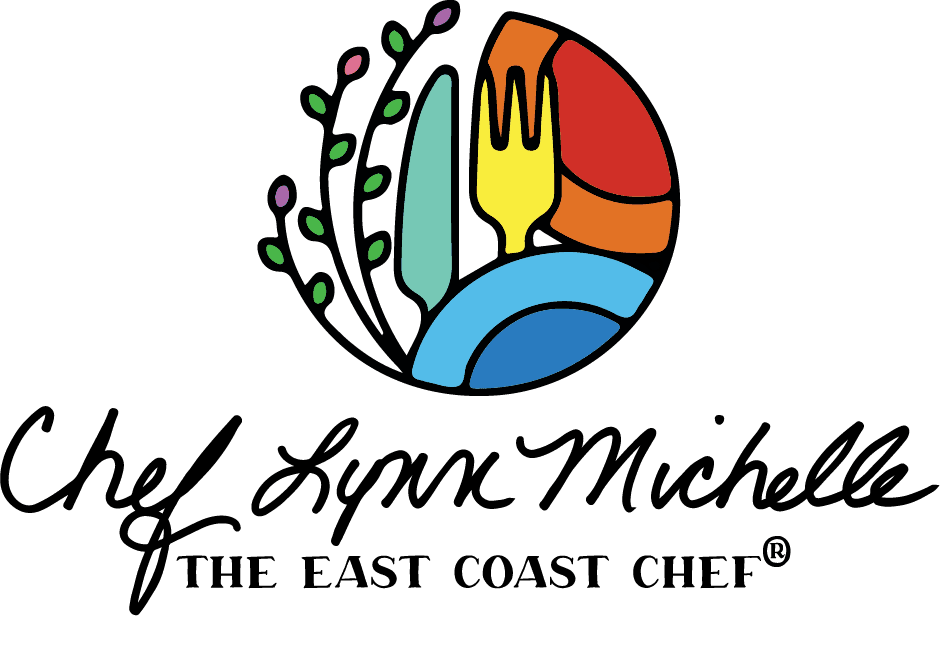These days, if there’s one food group that is “en-vouge,” it’s vegetables. Our Southern roots may have raised us meat-and-potato eaters, but more and more of us have made plants the heart of our plates. But there’s a reason why we use the phrase “eat your vegetables” to describe something awful: there are about as many ways to cook vegetables as there are vegetables themselves, and each provides a variety of texture, flavor, and nutritional value.
Have you ever brought home a bag of kale, beets, and carrots from the market, just to let them rot in your fridge? Maybe you tried to steam your veggies, and they turned into a sad, unappetizing pile? Chef Lynn Michelle can help you change that. Here are her tips for making any vegetable fun to eat!
Start Here: What Kind of Vegetable Is It?
Most vegetables belong to one of four categories.
- There are root vegetables, such as beets, carrots, potatoes, and radishes.
- Vegetables that have seeds and stems include squashes, peppers, tomatoes, and green beans.
- Then there are stalks/tops of plants, like broccoli, asparagus, cauliflower, and leaks.
- And last but not least, there are the leafy greens, the easiest to recognize, and includes lettuce, chard, cabbage, and spinach.
No matter what kind of vegetables you’re cooking with, they need to be washed thoroughly. Click here for our post on produce cleaning tips.
Making the Cut
Cutting vegetables is a pretty straightforward process, provided you have some basic knife skills under your belt. We recommend using a small paring knife to slice delicate vegetables or a chef’s knife to chop large squashes or stalks in half.
Root vegetables tend to be easy: trim an end, so it sits flat, then chop or dice. Vegetables with inedible seeds and stems, like peppers, are trickier. Carefully remove the plant’s inner structures while keeping the outer walls intact, then slice to your desired width. When chopping leafy greens or cauliflorous vegetables, remove the stems first then work from the bottom-up to avoid making a mess.
No matter what kind of vegetable your chopping, try to make each piece the same size to allow for more even cooking. Need more? Learn how to cut specific vegetables here:
Get Cooking!
Because you can use vegetables in almost any dish, there are dozens of ways to cook them. But these tried-and-true methods can help you take veggies from boring to brilliant.
- Sautéing. You’ve probably heated vegetables with a splash of oil in a pan before, but have you tried sauteing them with aromatics, like garlic, lemon, or spices? Let your aromatics infuse with the oil in the pan before you add your veggies, so they absorb the maximum amount of flavor.
- Roasting. Potatoes aren’t your only option for roasting. Vegetables you might eat raw, like carrots or tomatoes, also taste great when they’re hot out of the oven. Preheat the oven to 425º F and season everything generously with salt, oil, and pepper. Spreading your vegetables around on a sheet tray and cooking them together is a great idea when you’re short on time!
- Stewing. If you have a carton of vegetable broth on hand, you can add whatever you have to the pot and make delicious mixed vegetable soup! Sauté your veggies in butter or oil, add them to the pot with your stock, and simmer until everything is tender.
- Zoodles. Zucchini noodles (zoodles) may seem like something you’d only find at a health food market, but they’re surprisingly easy to make on your own! Use a zoodle maker to put a healthy “twist” on traditional spaghetti.
- Grilling. Grilling coaxes every bit of deep, smokey, sweetness from raw vegetables. Slice your veggies to the same width, douse them in oil, and grill them at about 400º F with the lid closed. Grilled vegetables taste great with a healthy sprinkle of goat or feta cheese or a drizzle of balsamic glaze.
Being able to make vegetables taste good is the mark of a great chef – and you can have one show you how to cook vegetables like a pro. Chef Lynn Michelle can teach you the basics of cooking with vegetables or show you how to make a variety of delicious vegetarian dishes in the comfort of your kitchen. Click here to sign up for your private cooking class with the “East Coast Chef.”
